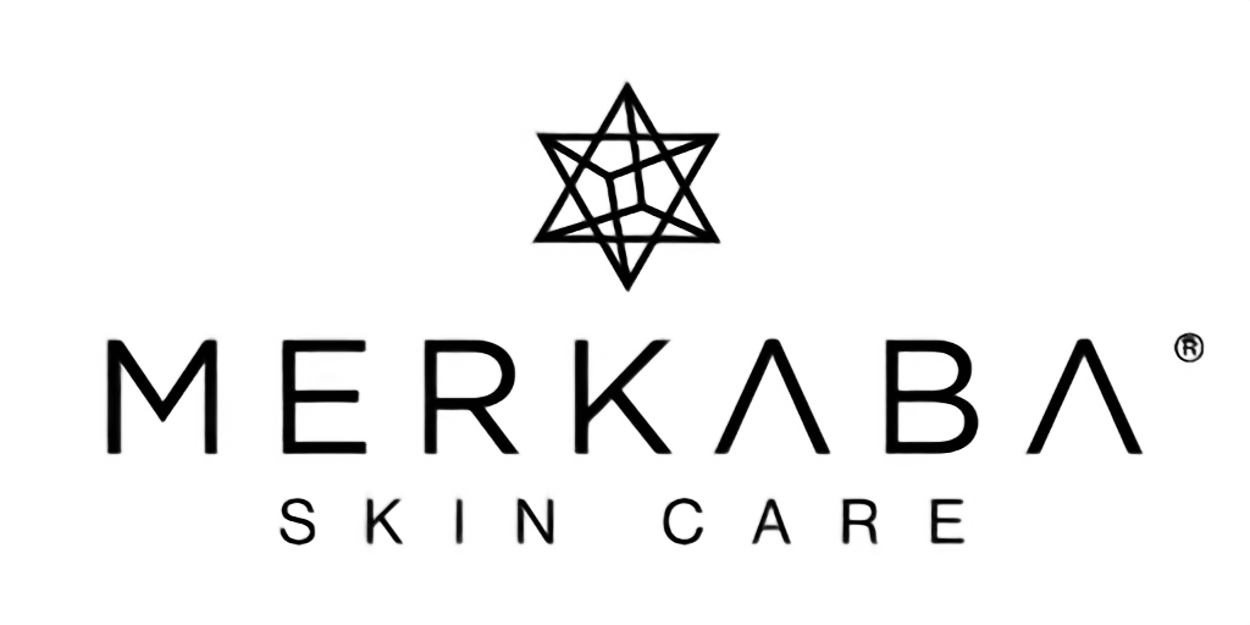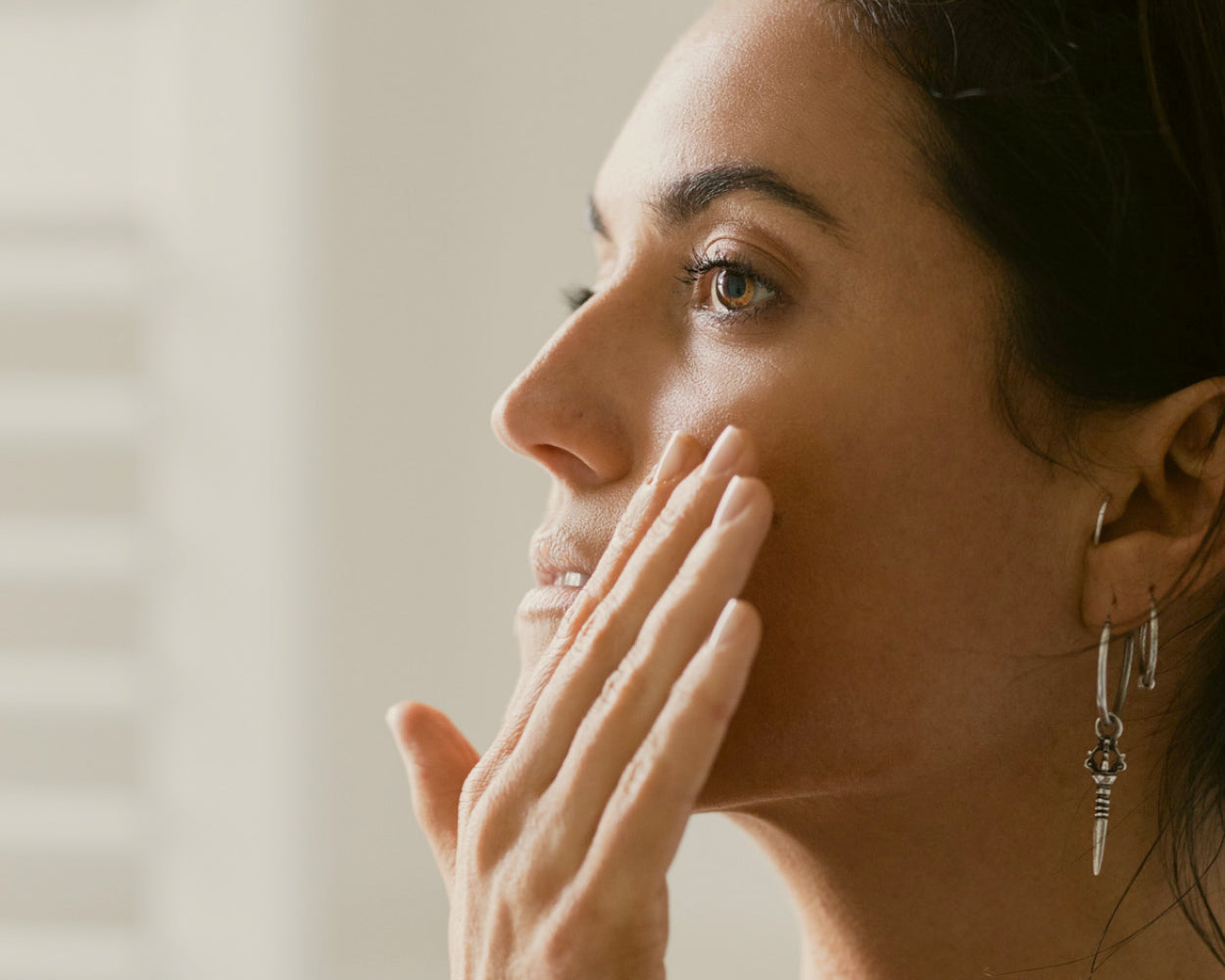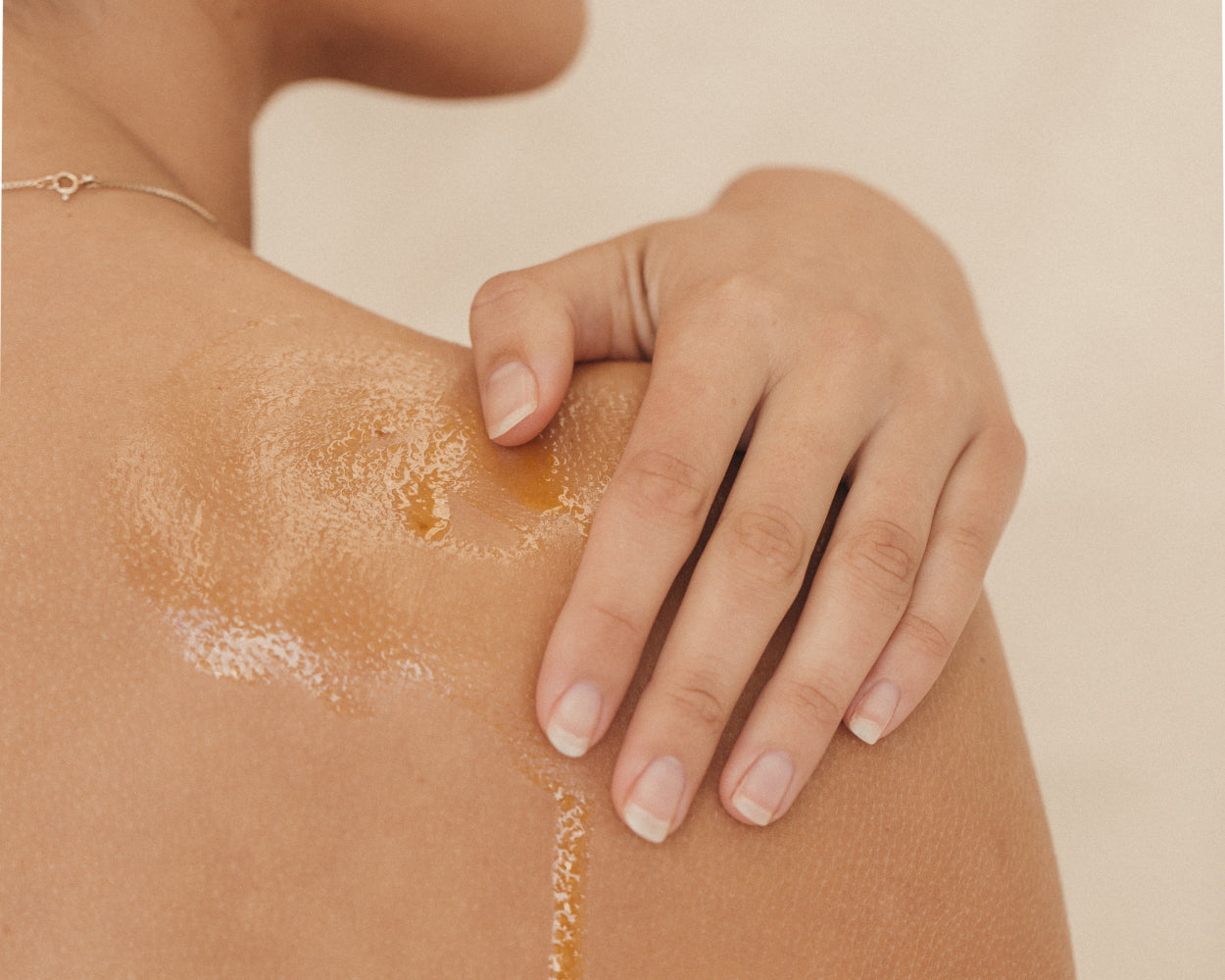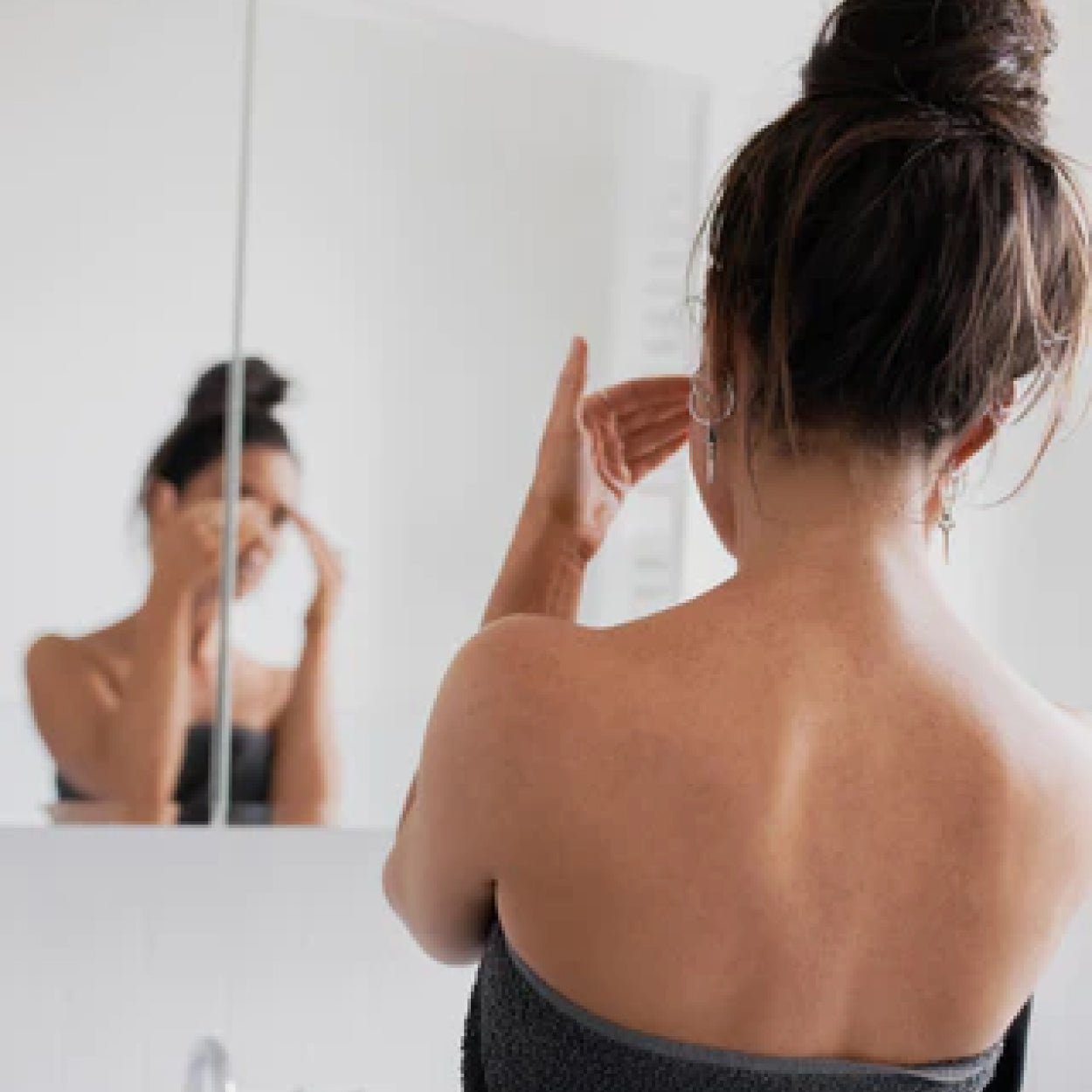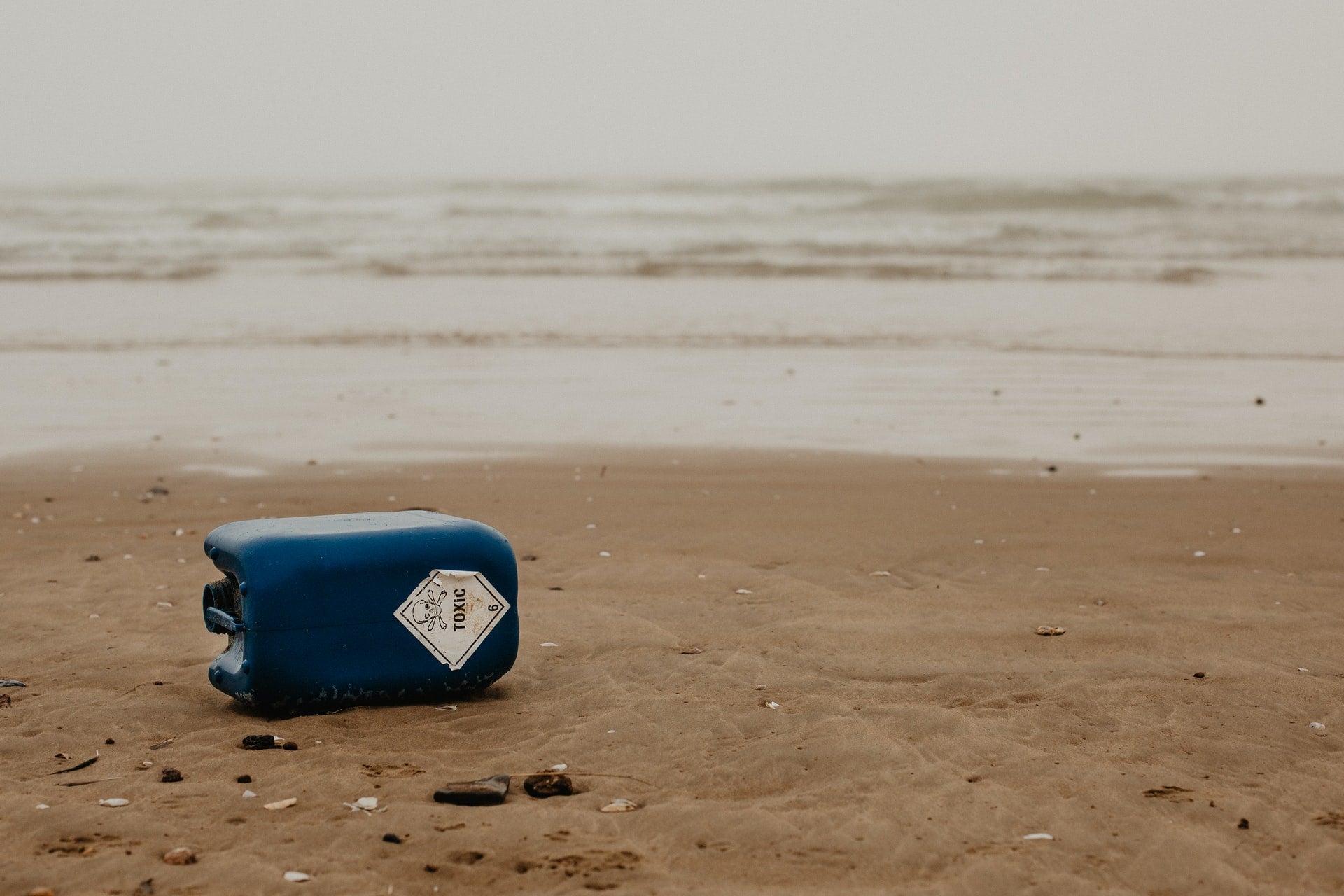
Ingredients to Avoid in Your Skincare

Skincare ingredients have been gaining more attention lately due to the potential negative effects they can have on our skin and overall well being.
Any given product may contain up to 20 different ingredients. Multiply that by the number of products used daily and this equates to many chemicals interacting with each other in often, untested ways. With repetitive exposure, many of these potentially harmful ingredients manage to bioaccumulate in our bodies, often leading to toxic overload.
An analysis of product ingredients by the Environmental Working Group (EWG) reveals that “more than one in five of all products contain chemicals linked to cancer and 80% contain ingredients that commonly contain hazardous impurities.
Unfortunately, the industry here in Australia is not heavily regulated and the ingredient list is often lengthy and difficult to decode. Many products boast ‘natural’ and ‘non toxic’ on their labels but what does this really mean? Refinement and hidden ingredients means that not all natural ingredients will benefit the skin and some may even be hazardous. The conflicting information and the vast array of products to choose from often leaves the consumer frustrated and completely overwhelmed.
The following is a breakdown of the some of the more common ingredients to avoid, why they need to be avoided and how to recognise them.
1. PHTHALATES
WHAT ARE THEY?
Phthalates are multifunctional, petroleum based chemicals which act as binding agents or plasticisers and are commonly found in nail polishes, shampoos, perfumes, hairsprays, skin lotions as well as PVC plastics, children's toys, food packaging, household furnishings and pharmaceuticals.
A study performed in Human Reproduction found that mothers who had higher levels of diethyl phthalate (DEP) in their body during pregnancy, had daughters who entered puberty earlier. This ingredient is commonly used as a component of “fragrance” in personal care products to extend the life of the scent and to keep it adhered to your skin. Unfortunately, manufacturers are not required to list individual fragrance ingredients, therefore the consumer is unable to determine whether or not, phthalates are present.
HEALTH CONCERNS
- Phthalates are made up of hormone mimicking chemicals and can cause endocrine disruption which basically means that they can alter hormonal balance. The most commonly affected hormones are oestrogen, testosterone, thyroxin, insulin and cortisol.
- Reproductive and developmental defects, particularly male genital deformities, reduced sperm counts, infertility and premature puberty.
- Listed as ’anticipated carcinogen in humans’ which means they are on the cancer watch list.
- Insulin resistance and Type 2 diabetes.
- Asthma and eczema
- Behavioural issues
- ADHD and lowered IQ
WHAT TO LOOK FOR ON THE LABEL
Diethyl Phthalate (perfumes and lotions), Dibutyl Phthalate (nail polish), Demethyl Phthalate (hairspray), Fragrance, Natural Fragrance or Parfum
2. PARABENS
Parabens are a family of related chemicals derived from petroleum and commonly found in mass produced personal care products such as makeup, body washes, deodorants, shampoos and facial cleansers. They act as a broad spectrum preservative which is effective against the growth of harmful microbes and fungi.
While parabens are naturally occurring in some fruits and vegetables, those used in skincare products are synthetic and cost effective to produce. They are rapidly absorbed through the skin and enter organs via the bloodstream. Your body cannot readily break down parabens and they have a tendency to be stored in fat cells, including breast tissue.
As with phthalates, they're commonly used in fragrances and and don't have to be declared on the label. Europe and Asia have placed bans on five different parabens while others are strictly regulated. Currently there are no bans in Australia.
HEALTH CONCERNS
- Parabens are known to disrupt hormones by mimicking oestrogen and are associated with breast cancer. A study published in 2012 found one or more paraben esters in the breast tissue samples of women diagnosed with breast cancer.
- Reproductive and developmental disorders.
- Studies have shown that methylparaben applied on the skin reacts with UBV leading to increased skin aging and possible DNA damage.
- Contact dermatitis and skin irritation.
WHAT TO LOOK FOR ON THE LABEL
Butylparaben, Ethylparaben, Methylparaben, Propylparaben, Benzylparaben, Isopropylparaben, Isobutylparaben, (basically any ingredient with the word paraben), Fragrance, Natural Fragrance or Parfum
3. SULFATES

These cost effective, petroleum based surfactants (de-greasers) act as foaming agents and are found in a multitude of personal care such as shampoos, bubble bath, toothpastes, soaps, makeup and shaving foam as well as many cleaning products. Collectively, they are known as sulfates, of which sodium laurel sulfate (SLS) is the most commonly used.
They are also used to clean the engines of cars and in the same way as they dissolve the grease on car engines, sulfates also dissolve the oils on your skin, which can cause a drying effect. If you have the suspicion that washing your face is making your skin dry, or that shampooing is giving you an itchy scalp or making your eyes sting, it's likely that sulfates are the culprit.
They are produced from coconut oil, palm kernel oil or petroleum oil but the end product is anything but natural. They are often contaminated with 1,4 dioxane, (a suspected human carcinogen) during the manufacturing process but because this is a by-product, it is not listed on the ingredient list.
HEALTH CONCERNS
- Highly irritating to the skin, eyes and lungs and may aggravate conditions such as contact dermatitis and eczema.
- Possible carcinogen due to the manufacturing process.
- Mimics the hormone, oestrogen causing endocrine disruption which can often lead to PMS, menopausal symptoms and the incidence of breast cancer.
- Developmental and reproductive toxicity.
- Penetrate the skin easily, cannot be metabolised by the liver and have a tendency to accumulate in the body over time.
- Often tested on animals to measure the level of skin, lungs and eye irritation.
- Deriving them from natural sources like palm oil is causing the destruction of rainforests.
- Contribute to water pollution and bioaccumulate in fish and other aquatic animals.
WHAT TO LOOK FOR ON THE LABEL
Sodium Laurel Sulfate (SLS), Sodium Laureth Sulfate (SLES), Ammonium Laurel Sulfate (ALS), Sodium Dodecyl Sulfate, Sulfuric Acid, Monododecyl Ester, Sodium Salt, Sodium Salt Sulfuric Acid, Sodium Dodecyl Sulfate, Aquarex me or Aquarex Methyl.
4. PROPYLENE GLYCOL
Propylene glycol is a synthetic liquid substance derived from propylene, which is a chemical produced during the refinement of petroleum.
It is used in the cosmetics industry as a humectant which maintains moisture in skin and hair and is commonly found in thousands of products including moisturisers, hair products, aftershave, sunscreens, cleansers and bar soaps. It is used to attract and draw moisture from the lower layers of the skin into the top layer, helping your skin appear smooth and soft. However, over time these lower layers gradually dry out, giving the appearance of dull skin and exacerbate fine lines and wrinkles.
HEALTH CONCERNS
- Has been found to provoke allergic reactions in patients with eczema and other skin allergies.
- Associated with irritant and allergic contact dermatitis.
- Long term exposure has been linked to asthma and allergic reactions.
- May inhibit skin cell growth and has been linked to brain, kidney and liver abnormalities.
WHAT TO LOOK FOR ON THE LABEL
Propylene Glycol, 1,2-dihydroxypropane, 1,2-propanediol, methyl glycol, and trimethyl glycol.
5.DEA (DIETHANOLAMINE), MEA (MONOETHANOLAMINE) & TEA (TRIETHANOLAMINE)

These compounds are used as foaming agents and also act as pH stabilisers, meaning they offset the acidity in personal care products. They are commonly found in shampoos, bubble baths, cleansers and soaps.
When combined with other ingredients, they react to produce nitrosamines which are readily absorbed through the skin and it's these derivatives of DEA which are of particular concern. Nitrosamines are a class of more than a dozen different chemicals, which the International Agency for Research on Cancer lists as possible and known carcinogens. For these reasons they have been restricted in personal care products in Europe. Currently there are no restrictions in Australia.
HEALTH CONCERNS
- Mild to moderate skin and eye irritation.
- Have been linked to stomach, bladder and liver cancers.
- Studies have found that DEA affects human male reproductive health.
- Has a potential to bioaccumulate in the body.
- Toxic to aquatic organisms.
WHAT TO LOOK FOR ON THE LABEL
Cocamide DEA, Cocamide MEA, Cocamide Diethanolamine, DEA Cetyl Phosphate, DEA Oleth-3 Phosphate, Lauramide DEA, Lauramide Diethanolamine, Linoleamide MEA, Myristamide DEA, Oleamide DEA, Oleamide Diethanolamine, DEASulfate, Diethanolamine Lauryl Sulfate, Stearamide MEA, TEA-Lauryl Sulfate, Triethanolamine
6. MINERAL OIL, PARRAFIN OIL OR PETROLATUM
These are highly refined, low cost petrochemicals derived from crude oil and used for their hydrating properties in personal care products such as styling gels, lip glosses, sun tan lotions and even baby oil, which is 100% mineral oil!
They form an invisible film on the surface of the skin which restricts skin cell renewal, clogs pores and inhibits the elimination of harmful toxins from the body. This occlusive seal suffocates the skin and interferes with pH balance aggravating skin conditions such as acne and dry patches.
HEALTH CONCERNS
- Known skin irritant
- Aggravates acne
- Suspected liver and respiratory toxicity.
- 1,4 Dioxane, a suspected cancer causing by product, has been found in many petroleum based cosmetics.
- Has been linked to oestrogen dominance.
WHAT TO LOOK FOR ON THE LABEL
Paraffin, Paraffin Wax, Parrafin Oil, Microcrystalline Wax, Cera Microcrystalline, Mineral Oil, Petrolatum, Unspecified Waxes, Mineral Spirits, Petroleum, Petroluem Jelly, White Petrolatum and Distillates
7. TOULENE

Toulene occurs naturally in crude oil and in the tolu tree. It is produced in the process of making gasoline and other fuels from crude oil and is used as a solvent in degreasers, paints, lacquers and glues. It is sometimes used as a recreational inhalant in paint thinners and certain types of glue, and has the potential of causing severe neurological harm.
Toulene is also found in personal care products, such as nail polishes and hair dyes. The Environmental Working Group (EWG) considers it to be one of the most toxic ingredients on the market.
HEALTH CONCERNS
- Skin, eye and nose irritation.
- Linked with short-term neurological effects such as dizziness, euphoria, hallucinations and headaches.
- Known human respiratory toxicant.
- Has been associated with immune system toxicity.
- Chronic exposure to toulene vapours, such as that which may occur in nail salons has been linked to anaemia, liver or kidney damage and problems with developing foetuses.
WHAT TO LOOK FOR ON THE LABEL
Toulene, Benzene, Methylbenzene, Toluol, Phenylmethane
8.TRICLOSAN
Triclosan is a synthetic chemical used as an antibacterial and antifungal agent, initially introduced in 1972 as a surgical scrub for use in hospitals. As our modern day culture became increasingly 'germ-obsessed', it began to be added to many personal care products to prevent bacterial contamination.
It is found in soaps, toothpaste, body wash, deodorant and, mouth wash, shaving cream and hand sanitiser as well as furniture, clothing and toys.
As well as numerous health concerns, research has suggested that the widespread use of triclosan can potentially increase the global spread of antibiotic resistant bacteria. It has been banned in Europe since 2010 and In 2016 it was banned from use in antibacterial hand soaps by the Food and Drug Administration in the US, however it still remains at unregulated concentrations in other personal care products. It's use in Australia is restricted to 0.3%.
Everyday products such as plastic cutting boards, food containers and shower curtains may also contain triclosan. These products won't list ingredients but will often make claims such as 'antibacterial', 'odour fighting' or 'keeps food fresh longer' which often indicates its presence. It's best to avoid these products altogether.
HEALTH CONCERNS
- A known endocrine disruptor and suspected carcinogen.
- Even low levels have been shown to disrupt thyroid function.
- It bioaccumulates in human fat and has been detected in human breast milk, blood and urine samples.
- Developmental and reproductive toxicity.
- In the environment it reacts to form dioxins, which bioaccumulate and are toxic. It also doesn't degrade easily and has been shown to be toxic to marine life.
WHAT TO LOOK FOR ON THE LABEL
Triclosan, Triclocarban, TCS, 5-chloro-2-(2,4-dichlorophenoxy)phenol
9. OXYBENZONE
 Oxybenzone, commercially produced from petroleum is one of the most common chemical filters found in commercial chemical sunscreens and is also found in lipsticks, lip balms, fragrances and moisturisers.
Oxybenzone, commercially produced from petroleum is one of the most common chemical filters found in commercial chemical sunscreens and is also found in lipsticks, lip balms, fragrances and moisturisers.
The EWG (Environmental Working Group) has given oxybenzone a score of 8 on their toxicity rating scale, meaning it is one of the most toxic ingredients found in cosmetic products.
Testing by the US Food and Drug Administration concluded that all non-mineral sunscreen chemicals were absorbed into the body after a single use and were detected in blood, breast milk and urine samples.
A further study conducted in 2020 found that oxybenzone and other chemical filters could be detected on the skin, and in blood, weeks after the application ended.
HEALTH CONCERNS
- The most common allergen found in sunscreen.
- Associated with endocrine disruption.
- Suspected liver and kidney toxicity.
- Has been linked to early puberty in girls, low sperm count and male infertility.
- Bioaccumulation in the body.
WHAT TO LOOK FOR ON THE LABEL
Oxybenzone, Benzonephenone-3, 2-hydroxy-4-methoxybenzophenone
10. POLYETHYLENE GLYCOL (PEG)
Pegs belong to a family of petroleum based synthetic chemicals and are used as conditioning, cleansing and thickening agents, commonly found in a vast array of personal care products and often used as cosmetic cream bases.
Depending on the manufacturing process, PEGs are frequently contaminated with ethylene oxide (a known human carcinogen), 1,4-dioxane (a suspected human carcinogen), and heavy metals such as lead, iron, cobalt, nickel, cadmium, and arsenic.
PEG’s are a penetration enhancer, allowing harmful ingredients to be absorbed more readily through the skin, including environmental toxins.
HEALTH CONCERNS
- The primary concern is the potential cancer causing contaminants, ethylene oxide and 1,4-dioxane.
- Pegs themselves have been linked to genotoxicity (cell mutations which may lead to cancer).
- If used on broken skin, they can cause irritation and potential systemic toxicity.
WHAT TO LOOK FOR ON THE LABEL
PEG (polyethylene glycol), PPG (polypropylene glycol) PEG laurate, PEG-60 almond glycerides, Ceteth-5 steareth-21, Ceteareth-20, PEG-20 stearate, Oleth 10 phosphate, Octoxynol-9, Polysorbate 20 (& 40, 60, 80 etc), Emulsifying wax, PEG-8 stearate, Glycereth-26, PEG-40
11. FORMALDEHYDE AND FORMLDEHYDE-RELEASING PRESERVATIVES
Formaldehyde is a preservative used in many personal care products to prevent the growth of bacteria. It is rated a 10 on the EWG's hazardous scale and has been classified as a known human carcinogen by the International Agency for Research on Cancer.
It is found in nail polishes, hair straightening treatments, hair gels, nail hardeners, shampoos, deodorants, lotions and makeup, as well as floor polish and household cleaners.
Very small amounts of free formaldehyde are permitted for use in cosmetic hair products in Australia, although it is banned in Sweden and Japan.
Formaldehyde-releasing preservatives (listed below) are chemicals that react to slowly and continuously release small amounts of formaldehyde, therefore products containing these chemicals are also best avoided.
HEALTH CONCERNS
- Skin allergies and irritation.
- Asthma
- Eye, nose and throat irritant when inhaled.
- Associated with developmental and reproductive toxicity.
- Known human carcinogen.
WHAT TO LOOK FOR ON THE LABEL
Formaldehyde, Formalin, Formic Aldehyde, Merthaldehyde, Methanal, Methyl Aldehyde, Oxomethane, Oxymethylene,
Formaldehyde releasing preservatives - DMDM Hydantoin, Bronopol, Urea, Imidazolidinyl Urea, Methenamine, Quaternium-15, Diazolidinyl Urea, 5-Bromo-5-Nitro-1
12. PHENOXYETHANOL
Phenoxyethanol is an ether alcohol that's naturally found in green tea but is also synthesised to perform as a preservative in personal care products,. Approximately 23.9% of all cosmetic products contain phenoxyethanol, a known cause of contact dermatitis.
With the increasing popularity of paraben-free products, many skin care brands have made the switch to phenoxyethanol. The American Society of Contact Dermatitis lists phenoxyethanol as one of its core allergens, even in concentrations as low as 1%. It's use has been restricted in Japan and the EU but unfortunately, there are no regulations surrounding this ingredient in Australian cosmetics.
HEALTH CONCERNS
- Contact dermatitis
- Skin, eye and lung irritant.
- Associated with organ system toxicity.
- As an ethoxylated compound, it can contain trace amounts of 1,4-dioxane which is a suspected carcinogen.
- Suspected Reproductive and developmental toxin.
WHAT TO LOOK FOR ON THE LABEL
2-Phenoxyethanol, Phenoxytol, Ethylene Glycol Monophenyl Ether, and 1-Hydroxy-2-Phenoxyethane.
13. SYNTHETIC FRAGRANCE

The terms 'fragrance' or 'parfum', originally created to protect a company's 'secret formula', can refer to an intricate mixture of dozens of undisclosed ingredients, many of which are hazardous to our health. They are found in virtually all commercial personal care products and are among the top five allergens in the world.
These 'natural fragrances' often consist of phthalates, (to make the scent linger) and other ingredients that are used as solvents or preservatives, many of which have not been tested for toxicity, alone or in combination.
The European Union have restricted the use of many of these ingredients and require warnings if any of the 26 common allergens are used. Unfortunately, there are no regulations in Australia or the US and only the words 'fragrance' or 'parfum' are legally required. Generally the word 'fragrance' is all the consumer will find. If manufacturers are not willing to provide the breakdown of their natural ingredients, it is best to avoid their products altogether.
HEALTH CONCERNS
- Major concern is allergic reactions.
- Headaches, migraines, dizziness, rashes, respiratory distress, skin discolouration and dermatitis
- Associated with hormone disruption.
- Health concerns associated with phthalates, as discussed above.
WHAT TO LOOK FOR ON THE LABEL
Fragrance, Natural fragrance, Parfum
As you can see, it's a minefield out there but one we can navigate with a little education. With knowledge comes a sense of freedom and empowerment which allows you to become the master of your own health.
When choosing skincare products,100% natural and plant based is a good starting point, and then research the ethics, philosophies and transparency within the company. We like to be completely transparent with our skincare labels and we maintain strict guidelines around the purity of the ingredients we chose. You can read more here.
If unsure, you can always check the potential toxicity of an ingredient with EWG's (Environmental Working Group) Skin deep data base.
